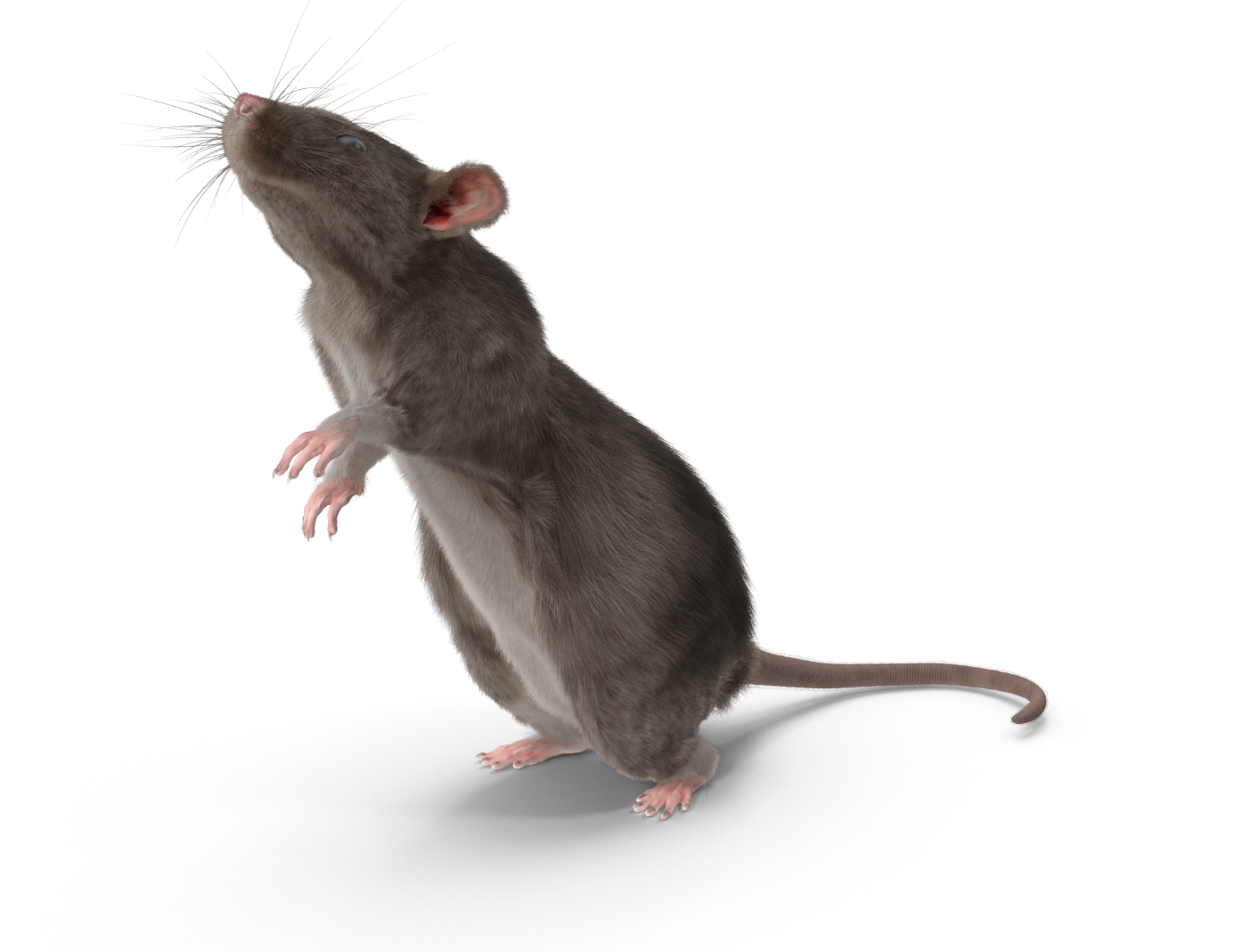Celebrating Our 21st Year in Business!

Rodent Control in Southern California
The presence of rodents in your yard, and especially within your home, is both unnerving and frustrating. Finding rodents such as Norway rats, roof rats, gophers, and house mice scurrying around your home or business is both infuriating and overwhelming. These dangerous rodents can damage property, eat your food, and spread disease in a matter of days.
Without corrective action, these unwanted pests can quickly take over as they breed efficiently and have the ability to penetrate nearly every part of a structure and yard. Even worse than this is the fact that rodents frequent areas like sewers where filth and disease are abundant and can transmit life-threatening illnesses to humans and pets. Further, mice and rats are frequent carriers of fleas and ticks, often the vehicle to spread these pesky critters to the family pets. Thankfully, this is one fight you won’t have to fight alone. Preventive Pest Control is here to provide full-service rodent control services to residents living in Orange County and the Inland Empire. With our tested services, we’ll exterminate the rodents quickly and effectively. Get ready to live in a clean environment without the thought of future infestations looming over your head.
Do You Need Rat and Mouse Control?
Did you know that rodents are active throughout the year? Frequently, it’s hard to see rodents because they are active at night, but signs of their presence are easy to detect. Taking the time to check for signs of rodents could be the thing that protects your property from costly damage, dangerous infestations, and spoiled food. Listed below are the surefire signs of a rodent problem:
- Gnawed or damaged electric wires in your vehicle
- Rodent droppings in your attic, under the sink, or near pet-feeding areas
- Noises (like scratching) from the attic or walls
- Remnants of a mouse or rat nest in the garage, wood pile, or attic
- Rodents traveling along fences or utility lines near your property after dusk
- Rat or mouse droppings in your recycle bins
Contact Preventive’s rodent exterminators immediately if your property’s rodent problem is getting out of control.
Preventive’s Rodent Control Resources
It’s no doubt that mice and rats are some of the nastiest pests to deal with. And let’s be honest, DIY methods like peppermint oil or store-bought traps don’t always cut it. Fortunately, Preventive’s technicians aren’t afraid to face the issue head-on and bring proven methods of successful rodent extermination so you can experience a pest-free property. Our exterminators will analyze your rodent infestation and determine the best course of action to move forward. We provide a few different types of rodent control methods depending on the severity of your pest problem. Below is an overview of the rodent control services we offer:
- Trapping: Preventive’s most effective method to control rats and mice once they’ve entered a property. Our technicians will thoroughly inspect your home or office and place traps in secluded areas where rodents are detected or where they’re likely to invade. With decades of experience, we know exactly how many traps are needed and where to place them. You won’t have to worry about cleanup or checking the traps. We’ll come back every couple of weeks to check on the traps and make sure they’re doing their job.
- Exclusion: Preventive’s favorite long-lasting solution to keep rodents out of a building. Sealing cracks or openings larger than ¼ inch is necessary to prevent future entry. Entry points can include the following: cable and phone line openings, water pipes, the property’s foundation, dryer vents, drain spouts, air conditioner condenser lines, and all along the roofline. Our technicians carefully inspect each property, determine the areas that need to be sealed or plugged, and will provide an affordable quote for this service.
- Baiting: Toxic baits are Preventive’s signature method for controlling rodent populations outside of a property’s walls. In addition, our bait box service is a great way to keep the overall rodent population down in your neighborhood. When food, water, and shelter are available, rodent populations are bound to increase quickly. Direct population control outside of the structure is often a necessary step to further prevent rodent infestations. Preventive’s toxic baits start at a price of about $25 per box plus additional fees for box refills and checkups. Toxic baits are only to be used by licensed mouse and rat control professionals. Before investing in baiting, we’ll come to assess your rodent problem and see if it’s a good fit for your property.
Here at Preventive Pest Control, we pride ourselves on efficient and affordable rodent control services. That’s why we offer a free inspection of your property before you have to commit to any sort of pest control plan. Work with Southern California’s trusted rodent control crew to get rid of rats and mice for good!
Where We Offer Rodent Control in Southern California
For 25 years, Preventive Pest Control has been known as a reliable rodent control company in Orange County and the Inland Empire. We have offices based in Anaheim, Mission Viejo, Irvine, and Corona, and the cities listed below. Please give us a call or contact us here to receive a free rodent inspection for your home or business and begin the journey to a rodent-free property!
Preventive Pest Control - Anaheim
Preventive Pest Control - Mission Viejo
Preventive Pest Control - Corona
Preventive Pest Control - Irvine
Preventive Pest Control - Rancho Cucamonga
Orange County Cities We Serve:
Rancho Mission Viejo
Seal Beach
Trabuco Canyon
Inland Empire Cities We Serve:
Los Angeles County Cities We Serve.
Artesia
Baldwin Park
Cerritos
City of Industry
Covina
Hawaiian Gardens
